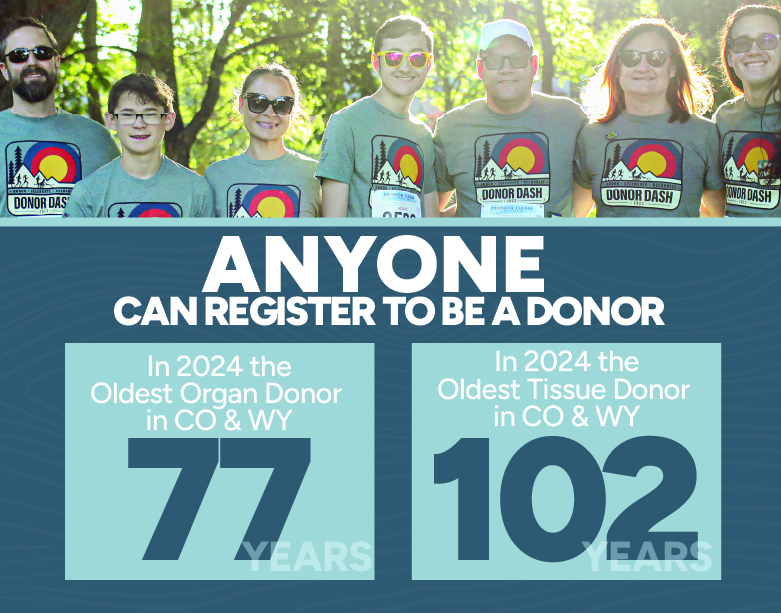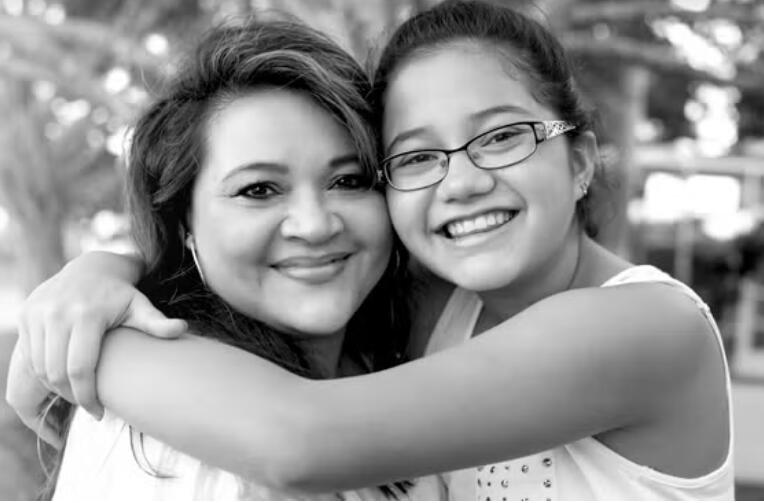April is National Donate Life Month, a national observance highlighting the importance of organ, eye and tissue donation. Flag-raising ceremonies bring awareness of what it means to be an organ donor and highlights the partnership between Donor Alliance, Donate Life Colorado and the Denver Health Medical Center. At this location, the flagpole is located at 7th and Bannock next to the Paramedic Bay, adjacent to the parking garage. Street parking is also available.


